
Do you have a question about the THUNDER TIGER ACE RC BLC-40C Brushless ESC and is the answer not in the manual?
| Type | Brushless ESC |
|---|---|
| Continuous Current | 40A |
| BEC Voltage | 5V |
| BEC Current | 2A |
| Suitable Motor Type | Brushless |
| Input Voltage | 2-3S LiPo |
Controls forward movement with acceleration modes.
Modulates braking power by reversing throttle.
Controls reverse speed and motor direction.
Temporarily shuts off motor if temperature reaches ~95°C.
Ensures correct polarity connection to prevent damage.
Procedure for safely using the ESC setting card.
Importance of correct wire gauge and connectors for power.
Advice on cooling and avoiding burns from hot components.
Guidance on battery connection, disconnection, and storage.
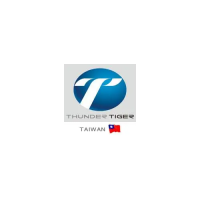
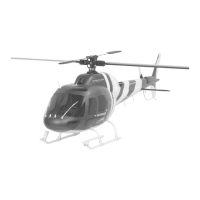
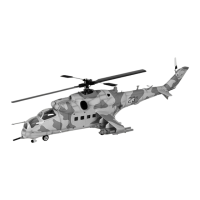


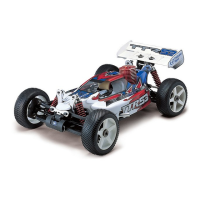



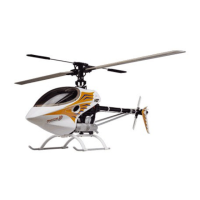
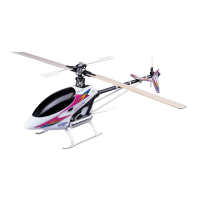
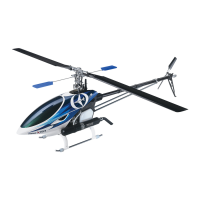
